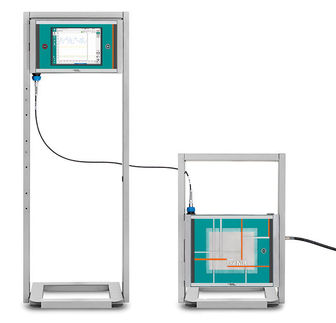To use all functions of this page, please activate cookies in your browser.
my.chemeurope.com
With an accout for my.chemeurope.com you can always see everything at a glance – and you can configure your own website and individual newsletter.
- My watch list
- My saved searches
- My saved topics
- My newsletter
TransmetalationTransmetalation (alt. spelling: transmetallation) is a general chemical reaction type in organometallic chemistry describing the exchange of ligands between two metal centers. Product highlightThe metal centers need not be the same. The ligands R and R' can be organic or inorganic. The double displacement reaction is conceptually related. Transmetalation is important in the synthesis of various organometallic compounds. Silver N-heterocyclic carbene complexes are easily formed, and are often used to transfer the carbene ligands to other metals containing labile ligands such as acetonitrile or 1,5-cyclooctadiene.[1] Where L-H+ denotes the ligand precursor:
This reaction type also appears frequently in the catalytic cycle of various metal catalysed organic reactions such as the Stille reaction and the Negishi coupling. References
Categories: Organometallic chemistry | Reaction mechanisms |
||||||||||||
| This article is licensed under the GNU Free Documentation License. It uses material from the Wikipedia article "Transmetalation". A list of authors is available in Wikipedia. | ||||||||||||







